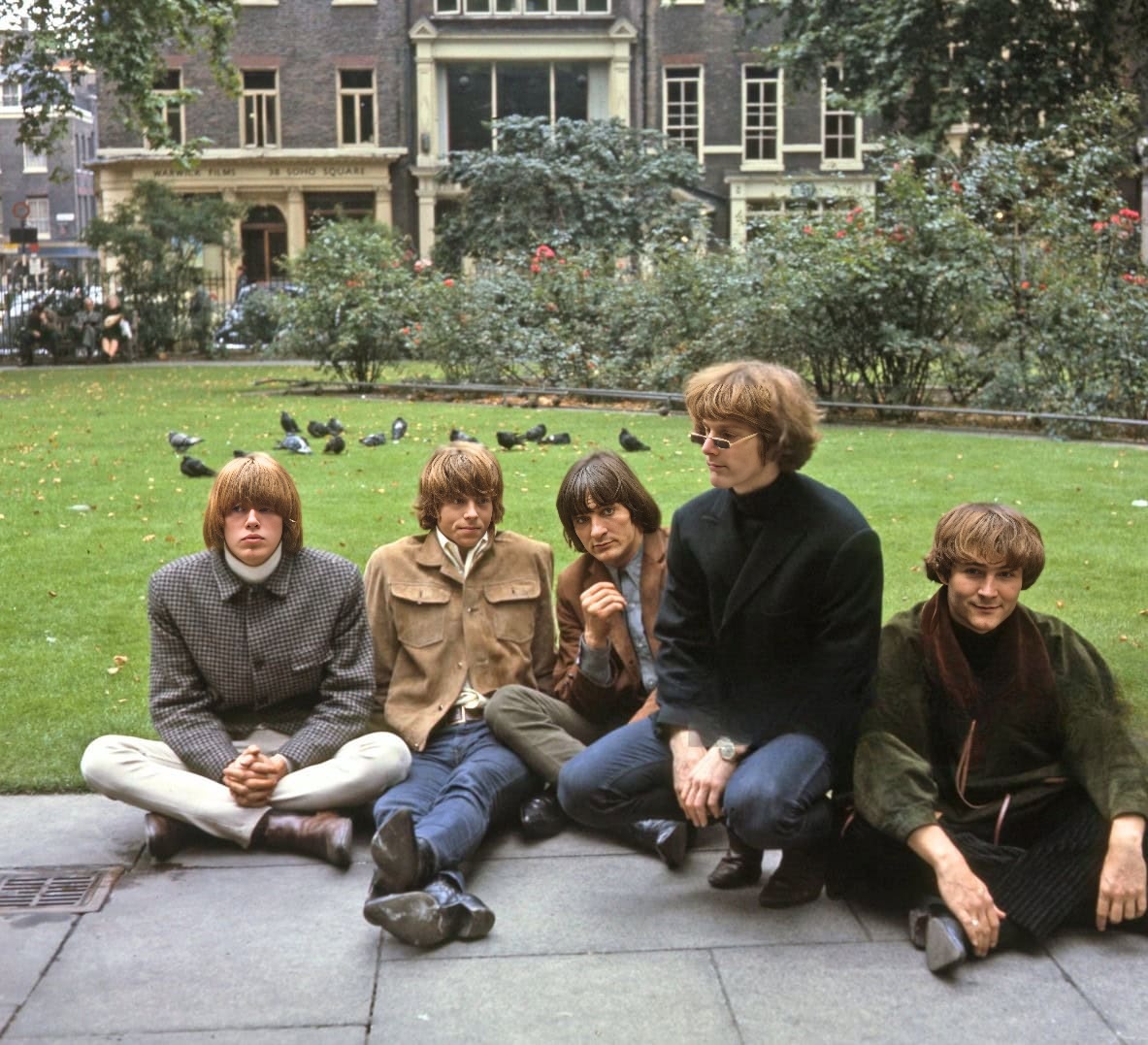
“Mr. Tambourine Man,” a timeless classic by The Byrds, remains a defining moment in the folk-rock genre. Released in 1965, this song catapulted The Byrds, a Los Angeles-based quintet, to international stardom. The band, known for their signature blend of jangling Rickenbacker guitars, close vocal harmonies, and a distinct pop sensibility applied to folk material, comprised Roger McGuinn, Gene Clark, David Crosby, Chris Hillman, and Michael Clarke. Their innovative sound quickly set them apart, paving the way for the burgeoning folk-rock movement.
While The Byrds would go on to achieve further success with songs like “Turn! Turn! Turn!” and “Eight Miles High,” “Mr. Tambourine Man” arguably remains their most iconic track. It reached number one on the Billboard Hot 100 chart, solidifying their place in music history and earning them widespread recognition. Though Grammy Awards weren’t as widely bestowed at the time, the song’s impact is undeniable, influencing countless artists and shaping the sound of popular music.
The song, originally written by Bob Dylan, takes on a different character in The Byrds’ rendition. While Dylan’s original leans towards a more introspective folk style, The Byrds infused it with a vibrant, upbeat energy. The lyrics, often interpreted as a plea for escape and spiritual guidance, depict a wanderer seeking solace and inspiration from the enigmatic “Mr. Tambourine Man.” The listener is invited on a journey of the mind, guided by the music and the promise of a transformative experience.
The song resonated deeply with audiences, particularly during the counter-culture movement of the 1960s. Its themes of freedom, self-discovery, and a search for meaning struck a chord with a generation seeking change and questioning societal norms. The Byrds’ rendition transformed a folk song into a pop anthem, captivating listeners with its infectious melody and enduring message, cementing its place as a cornerstone of American music.